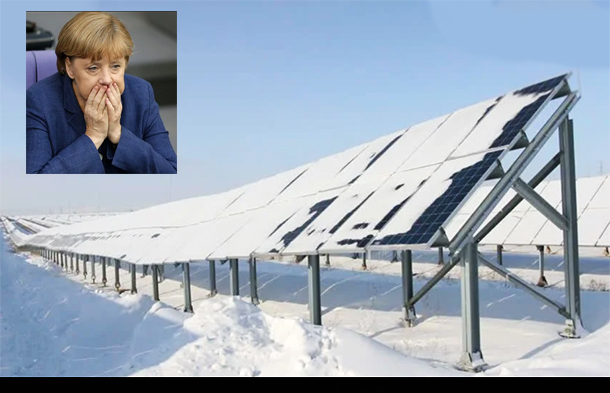When Texas literally froze this February, some blamed the blackouts that left millions of Texans in the dark on the wind turbines. Others blamed them on the gas-fired power plants.
The truth isn’t so politically simple. In truth, both wind turbines and gas plants froze because of the abnormal weather.
And when Warren Buffet’s Berkshire Hathaway said it had plans for additional generation capacity in Texas, it wasn’t talking about wind turbines. It was talking about more gas-fired power plants—ten more gigawatts of them.
While the Texas Freeze hogged headlines in the United States, across the Atlantic, the only European country producing any electricity from solar farms was teeny tiny Slovenia. And that’s not because Europe doesn’t have any solar capacity—on the contrary, it has a substantial amount. But Europe had a brutal winter with lots of snow and clouds. Despite the often-referenced fact that solar panels operate better in cooler weather, sub-zero temperatures are far more drastic than cool. This is not even to mention the cloud cover that, based on the Electricity Map data above, did not help.
If we go back a few more months, there were the California rolling blackouts of August that state officials and others insisted had nothing to do with the state’s substantial reliance on solar and wind power. The state’s own utilities commission disagrees.
This is what the California Public Utilities Commission and the state’s grid operator, CAISO, said in a joint letter to Governor Newsom following the blackouts:
“On August 15, the CAISO experienced similar [to August 14] supply conditions, as well as significant swings in wind resource output when evening demand was increasing. Wind resources first quickly increased output during the 4:00 pm hour (approximately 1,000 MW), then decreased rapidly the next hour…
…click on the above link to read the rest of the article…









/cdn.vox-cdn.com/uploads/chorus_image/image/68951150/GettyImages_1231246672.0.jpg)






